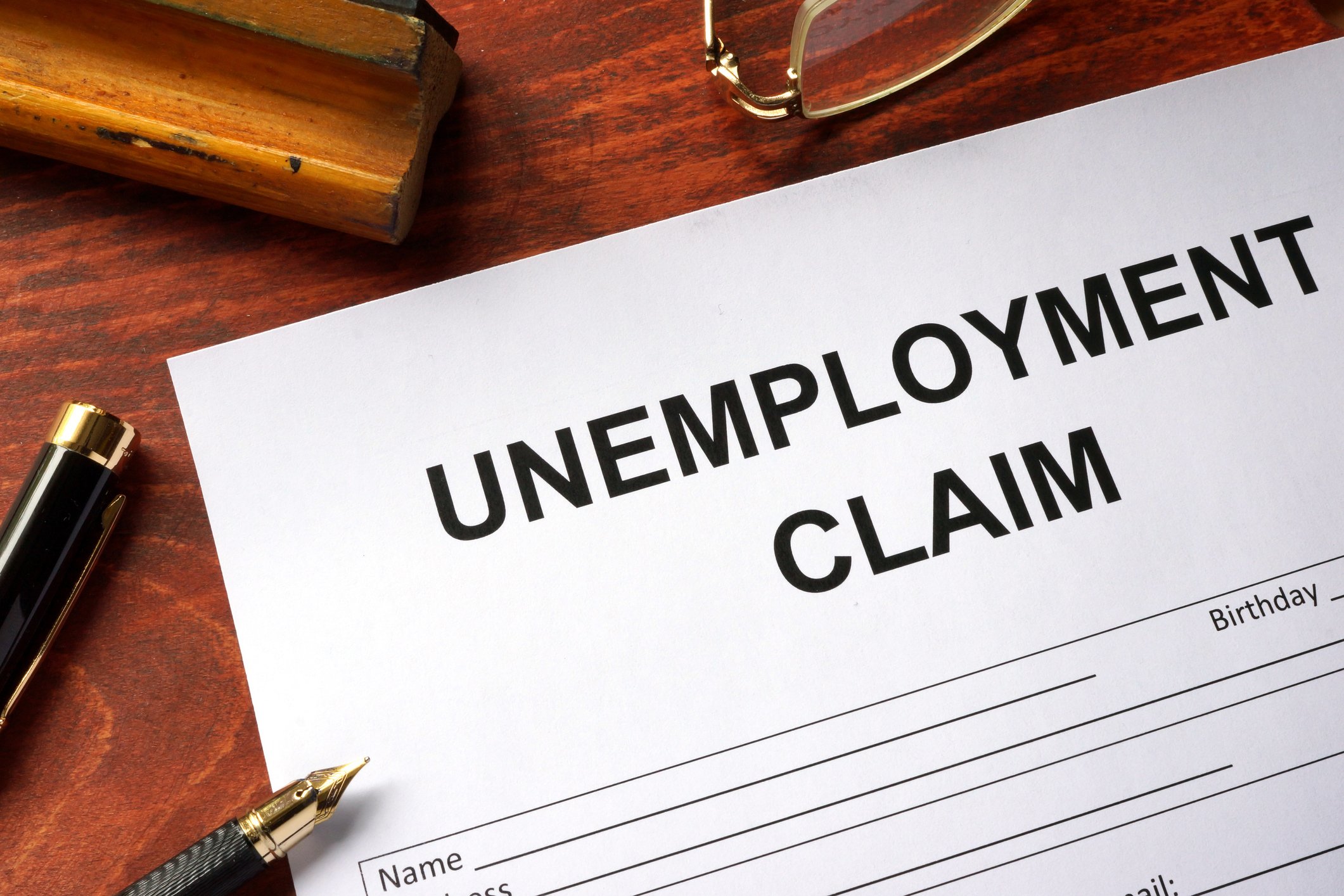Stimulus checks provided to Americans under the CARES Act have started being directly deposited into bank accounts across the country. For those waiting for funds, the IRS has created a website where you can input your information to see the status of your payment.
When you use that site, however, you may see the result "Payment status not available" when you try to find out where your money is. If that happens to you, there are four possible reasons.

Image source: Getty Images.
1. The IRS hasn't finished processing your tax return
The amount of your stimulus payment is based on your adjusted gross income and the number of dependents you have. The IRS needs to find out that information and is using tax returns to do so.
If you haven't submitted a 2019 tax return yet (they're not due until July 15 now), the IRS will use your 2018 information, assuming you filed that year. But if you've recently submitted a return for last year, there's a chance the IRS hasn't yet finished processing it. It'll need to do that before it can send out your payment.
If you've just sent in your return, chances are good this is the reason your payment status isn't available yet.
2. The IRS hasn't finished processing your entry on the form for non-filers
For Americans who didn't have to file a tax return for 2018 or 2019, the IRS created a simple form for non-filers to complete to get their stimulus money.
Unless you received Social Security or railroad retirement benefits that started prior to Jan. 1, 2020, you need to use this form to provide your info to the IRS to get your stimulus payment if you haven't filed 1040 forms recently.
If you've recently completed the form but your payment status for your stimulus check is listed as not available, chances are good the IRS simply hasn't yet finished processing your submission.
3. You're not eligible for a stimulus payment
While most people will get a stimulus payment, some won't. You may be one of them if:
- You made too much money. Stimulus payments are worth $1,200 per adult and $500 per qualifying dependent child, but you'll get the full amount only with an income up to $75,000 for singles and $150,000 for married couples filing joint returns. For each $100 above those limits, the check amount declines by $5. Singles with incomes above $99,000 and married couples with incomes above $198,000 won't get payments (unless they have qualifying dependents and get some of the $500 for their kids).
- You were claimed as a dependent. If you've been claimed as a dependent on someone else's return, there won't be stimulus money coming to you.
- You aren't a citizen or green card holder: You must have a valid Social Security number and be a citizen or on track to permanent residence to get a payment.
If any of these apply to you and you aren't eligible to qualify for stimulus money, that's the reason the IRS site says your payment status isn't available.
4. The application doesn't yet have your data
If the IRS is getting your information from your Social Security earnings statement or your railroad benefits statement, there's a chance your details won't have been loaded into the system yet.
And, frustratingly, the IRS indicates other Americans, including those who filed tax returns, may simply have not had their information entered into the system, either. They're working on adding more data, but this will take time.
If none of the other reasons apply to you, the slow pace of system updates is probably the reason your payment status is not available. Data is updated just once a day, and updates happen overnight. So if you're getting this message today, you'll have to wait until tomorrow to check back to see if there's an update on when your money will come.
Make sure the IRS has your latest information
It's troubling not to know the status of your stimulus payment, but there's little you can do if the IRS site says "Payment status not available," except check back tomorrow and hope your status has changed.
What you should do, though, is make sure that you've either submitted a tax return in 2018 or 2019, that you've filled out your non-filers form if you didn't need to file a tax return, or that the IRS has your information from another source such as the Social Security Administration. You don't want your own inaction to cause your funds to be delayed.





